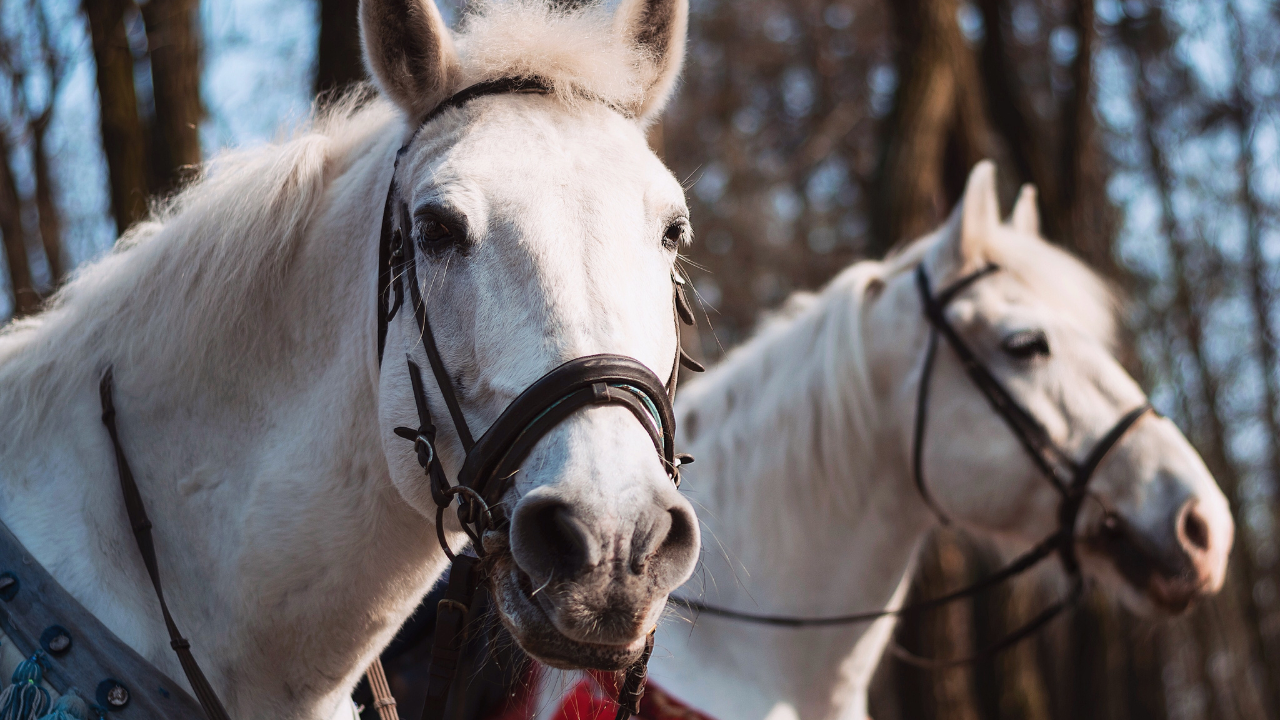Equine photography, a niche within animal photography, requires specialized equipment to capture the beauty, power, and elegance of horses. The right camera can make a significant difference in achieving stunning results. Here’s a guide to the best features and capabilities to look for in cameras suited for equine photography.

Also, Read: Best Camera For Outside Home
High Resolution and Image Quality
When photographing horses, capturing fine details like the texture of the coat, the sheen of the mane, and the expressions in the eyes is crucial. A camera with a high-resolution sensor will produce images with greater clarity and detail. Look for cameras with at least 20 megapixels to ensure you can capture every intricate detail. High image quality also allows for better prints and enlargements, which is important if your work is intended for commercial purposes or exhibitions.
Fast and Accurate Autofocus
Horses are dynamic subjects, often in constant motion. Whether they are galloping, jumping, or simply moving their heads, capturing sharp images of these moments requires a camera with a fast and accurate autofocus system. Look for cameras with multiple autofocus points and advanced tracking capabilities to maintain focus on the horse, even when it is moving rapidly. This is especially important in disciplines like show jumping or racing where split-second timing is crucial.
High Continuous Shooting Speed
Equine photography often involves capturing a series of rapid movements. A camera with a high continuous shooting speed (frames per second) allows you to take multiple shots in quick succession, increasing the chances of getting the perfect shot. A minimum of 5 frames per second is recommended, but higher speeds can be beneficial for action shots. This feature is essential for photographing sequences like a horse taking off for a jump or crossing the finish line.
Robust Build and Weather Sealing
Outdoor equine photography exposes your equipment to various weather conditions and environments, from sunny pastures to muddy arenas. A camera with a robust build and weather sealing can withstand these conditions, protecting your gear from dust, moisture, and minor impacts. Durability is key to ensuring your camera performs reliably in different settings, allowing you to focus on capturing great shots without worrying about potential damage.
Excellent Low-Light Performance
Equine events often occur in the early morning or late afternoon when lighting conditions can be challenging. A camera with excellent low-light performance, characterized by a wide ISO range and good noise reduction, will allow you to capture clear, sharp images even in less-than-ideal lighting. This feature is also beneficial for indoor events like dressage or barn shoots where lighting can be limited.
Versatile Lens Compatibility
Equine photography requires versatility in focal lengths. From wide-angle shots capturing the entire scene to close-ups of the horse’s features, having the ability to change lenses according to the situation is essential. Choose a camera that supports a wide range of lenses, including fast prime lenses for portraits and telephoto lenses for action shots. The flexibility to switch lenses allows you to adapt quickly and creatively to different shooting scenarios.
High Dynamic Range (HDR)
Horses, with their often dark coats and bright surroundings, can create high-contrast scenes. A camera with a high dynamic range can handle these contrasts better, preserving detail in both the shadows and highlights. This capability ensures that the horse’s features are well-defined and the background is not overexposed, leading to more balanced and visually appealing photographs.
Articulating Screen
An articulating screen can be incredibly useful for equine photography. It allows you to shoot from various angles without having to contort yourself into uncomfortable positions. This feature is particularly handy when shooting low to the ground or from high vantage points, providing more creative options for framing your shots.
Wireless Connectivity
Modern cameras with wireless connectivity options such as Wi-Fi or Bluetooth can streamline your workflow. Being able to transfer images directly to your smartphone or tablet allows for quick sharing and backup. This is especially useful when you are on location and need to review or share your shots instantly with clients or on social media.
User-Friendly Interface
A camera with an intuitive, user-friendly interface allows you to make quick adjustments on the fly. When photographing horses, moments can pass quickly, and having easy access to settings can make a significant difference. Look for cameras with customizable buttons and easy-to-navigate menus to ensure that you can react swiftly to changing conditions.
Recommended One For Equine Photography
Canon EOS Rebel T7 DSLR Camera
No products found.
Summary
In equine photography, the right camera can elevate your work, capturing the grace and spirit of horses with precision. Prioritize features like high resolution, fast autofocus, and robust build quality to ensure you are well-equipped for various shooting scenarios. With the appropriate equipment, you’ll be able to produce stunning images that showcase the beauty and